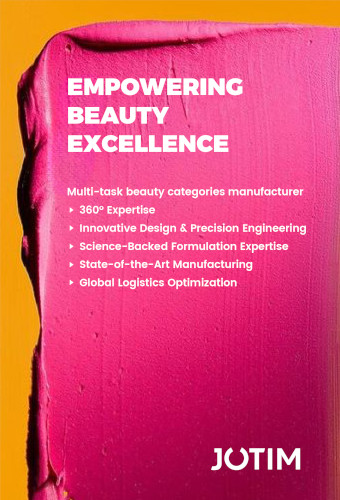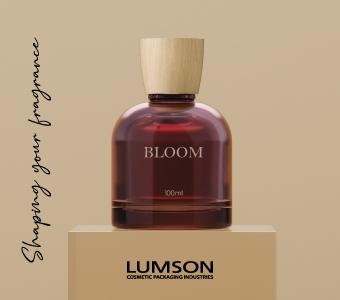Verescence has unveiled the first steps of its decarbonization roadmap, which should enable the group to reduce its greenhouse gas emissions (GHG) by 40% by 2034 for scopes 1 (direct emissions) and 2 (emissions related to energies). The glassmaker has announced the electrification of its furnaces around the world, starting with the Furnace 1 at the Mers-les-Bains plant in France.
A zero-carbon ambition
This initiative is part of Verescence’s commitment in 2020 to setting a greenhouse gas emissions reduction target by 2022 aligned with the trajectory of the so-called “well-below 2° Celsius” scenario proposed by the Science Based Targets initiative (SBTi). Its aim is to set targets that are consistent with the goals of the Paris Agreement to limit global warming to well below 2°C above pre-industrial levels.
“I’m pleased to announce this major development which will allow us to decrease by half our CO2 emissions in less than 10 years in France and bring us even closer to our zero-carbon ambition by 2050. Our new electric furnace 1 on which we have been working for more than a year will be the Group’s pilot furnace,” said Hélène Marchand, General Manager France.
Verescence had already committed in 2020 to the R&D project VERCANE (carbon-neutral glass), supported by the French Agency for Ecological Transition (ADEME), aimed at identifying the different energy sources capable of powering glass production in a sustainable way, including electricity.
At the time of its reconstruction in 2025, an operation that is required every 15 to 20 years, Furnace 1 at the Mers-les-Bains plant in France will be fully electrified and will be the group’s first furnace to use this technology.
Verescence should then carry out the gradual electrification of its other melting furnaces in France, Spain, the United States and South Korea, a key step towards achieving the group’s objective of reducing its emissions by 40% by 2034.
A highly energy-consuming material
Praised for being indefinitely recyclable, it still requires high energy consumption during the manufacturing phase. The environmental footprint is considerable, in particular in terms of CO2 emissions.
Various eco-design techniques already contribute to reducing the energetic content of glass bottles. A pioneer in premium recycled glass for luxury bottles (with the launch of the iconic Verre Infini, in 2008), Verescence announced in November that Infini 20, which contains 20% recycled cullet, would now be its standard glass composition produced by all the group’s pants around the world.
Since its melting temperature is lower than that of raw materials, it is estimated that using recycled glass during the manufacturing phase allows to reduce emissions by 2.5% for every 10%.
For brands wishing to go further in eco-design, Verescence therefore offers Infini 40, a second version of its Verre Infini that contains 40% recycled glass.
Verescence has been ranked among the best performing companies in the EcoVadis assessment for three years now and announced last December that it had obtained an A score from CDP for tackling water security and an A- for leading effort against climate change. Note that between 2016 and 2019 Verescence had reduced its emissions by 10%.






































